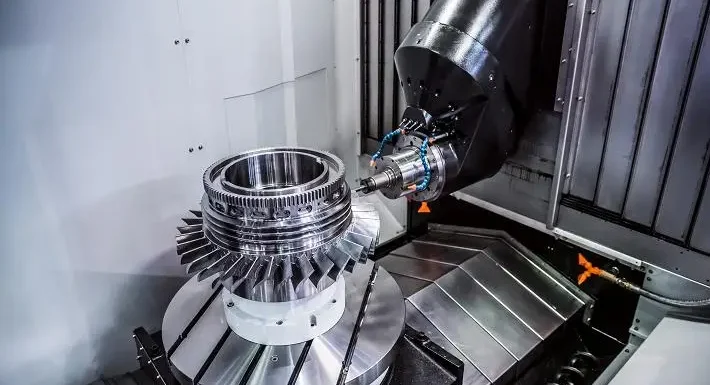
Surface finish quality depends heavily on machining precision and tooling stability. Swiss machining services excel at producing exceptional surface finishes through their unique sliding headstock design and guide bushing system. This specialized configuration maintains constant workpiece support throughout the cutting process, eliminating vibrations that typically cause surface irregularities in conventional turning operations across medical devices, electronics, and precision instrument manufacturing applications.
Guide bushing advantages
The guide bushing system forms the cornerstone of superior Swiss machining surface quality. This component is positioned close to the cutting zone, providing rigid support that prevents workpiece deflection during machining. The proximity eliminates chatter and vibration that would transfer directly to the finished surface. Stock material passes through the guide bushing with minimal clearance, creating a stable cutting environment even for long, slender components. This support allows for aggressive cutting parameters without compromising surface integrity. The bushing also acts as a heat sink, drawing thermal energy away from the cutting zone and preventing material distortion that could affect surface texture.
Spindle design precision
Swiss machine spindles operate at exceptionally high speeds while maintaining remarkable stability. The spindle bearings utilize precision-grade components that minimize runout to microinch tolerances. This stability translates directly to consistent tool positioning and uniform surface generation across the entire component length. The spindle drive systems incorporate advanced feedback controls that maintain constant cutting speeds regardless of varying cutting loads. This consistency prevents the speed variations that often create surface finish variations in other machining processes. High-frequency spindle operation also enables smaller cutting tools that produce finer surface textures.
Tooling configuration methods
Multiple tools can engage the workpiece simultaneously in Swiss machining setups, each contributing to the final surface quality. Primary turning tools shape the basic geometry, while secondary tools perform finishing operations in a single setup. This multi-tool approach eliminates the need for multiple machine transfers that could introduce surface inconsistencies. Tool holders in Swiss machines feature exceptional rigidity and precise positioning systems. The tooling remains stationary while the workpiece moves, reducing dynamic forces that affect surface generation. Cutting tool selection focuses on sharp geometries and specialized coatings that enhance surface finish quality:
- Polycrystalline diamond tools for non-ferrous materials
- Ceramic inserts for high-speed steel finishing
- Carbide tools with ultra-fine grain structures
- Specialized coatings that reduce friction and heat generation
Workpiece movement control
With exceptional precision, the sliding headstock mechanism moves the workpiece through the cutting tools. This movement system eliminates the need for tailstock support that could introduce runout or deflection. The headstock slides on precision linear bearings that maintain perfect alignment throughout the cutting cycle. Feed mechanisms control workpiece advancement with micron-level accuracy, ensuring consistent surface generation. The system automatically compensates for material variations and cutting forces, maintaining steady feed rates that produce uniform surface textures. Bar feeding systems provide continuous material supply without interruption, eliminating surface marks from clamping and reclamping operations.
Swiss machining delivers exceptional surface finishes through specialized equipment design that maintains workpiece stability throughout the cutting process. The combination of guide bushing support, precision spindles, and controlled cutting environments creates ideal conditions for superior surface generation. This technology enables manufacturers to achieve mirror-like finishes on complex components while maintaining tight dimensional tolerances across high-volume production runs.

